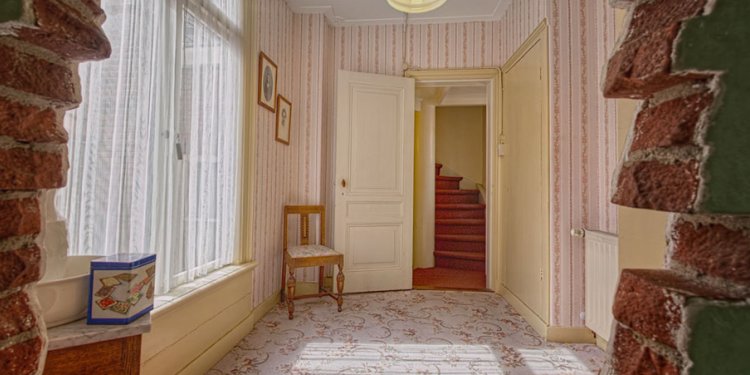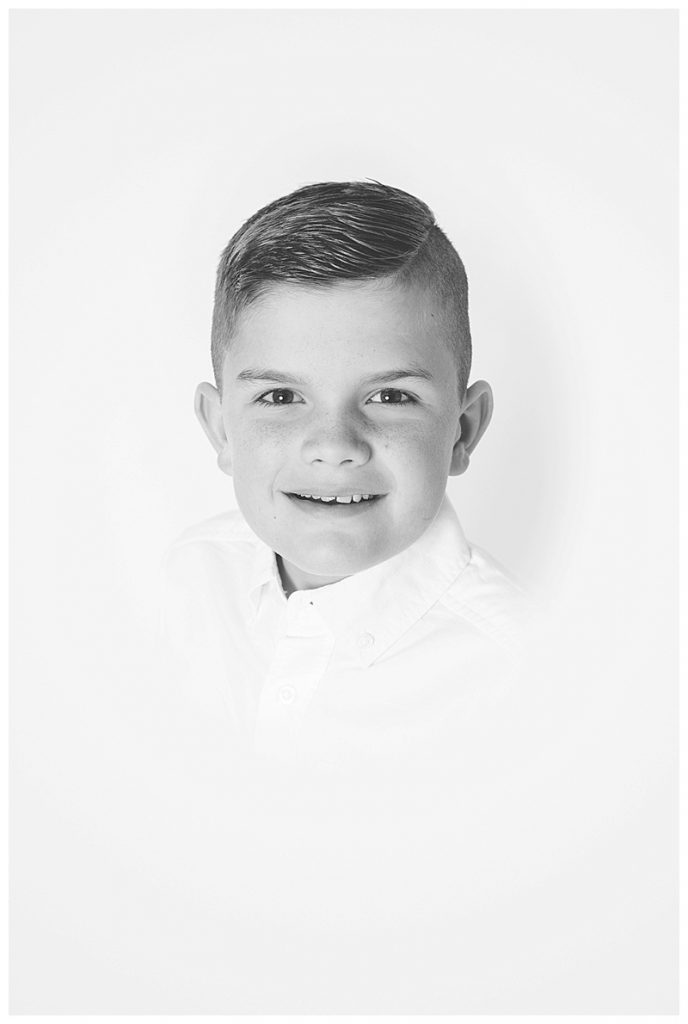Table Of Content

After World War II began, members of the ten Boom family became involved in resistance efforts. Various family members sheltered young men sought by the Nazis for forced labor and assisted Jews in contacting persons willing to hide them. Corrie became directly involved in these efforts when, along with her father and sister Betsie, she decided to hide Jews in the family home in Haarlem, the Netherlands. Using her job as a watchmaker in her father's shop as a cover, Corrie built contacts with resistance workers, who assisted her in procuring ration books and building a hiding place in the family home. After holding them briefly in the penitentiary in Scheveningen, a seaside town close to The Hague, the Gestapo released all but three of the ten Boom family members. Corrie ten Boom, her older sister Betsie, and her father Casper remained in prison.
Images of Corrie ten Boom House - The Hiding Place
His son Christiaan ("Kik") died sometime in April 1945, at 25. Corrie ten Boom survived Ravensbrück and returned to Haarlem and the watch shop. She wrote several books about her experiences, and this museum opened on her birthday in 1988. During the war, the Beje house became a refuge for Jews, students, and intellectuals.
Nearby and in or around Haarlem

The home was later passed down to Willem's son Casper, and then to Casper's daughter, Corrie.The Ten Boom family were devoted Christians who dedicated their lives in service to God and their fellow man. Through the years the Ten Booms were active in social work in Haarlem. Their faith inspired them to serve the religious community and society at large. In the 1920s and '30s, the Ten Boom family took in many foster children, whose parents were doing missionary work. The Corrie ten Boom House can only be visited with one of the free guided tours. During the tours, visitors are told about Corrie and her family and receive extensive information about the lives of the Ten Boom family before and during the Second World War.
A Snapshot of the Life of Corrie ten Boom:
Soon, visitors to the watch store came with worries about a looming invasion by Nazi Germany. God bless all those who gave their lives and put themselves at risk to save the Jewish people in Europe. May those who did not survive rest in peace, and be remembered for their courage and fortitude. I hope that the world and those who fight for good, may remember the past and stand in the face of ridicule and danger, to help these things not be repeated. "There is no pit so deep that God's love is not deeper still," and "God will give us the love to be able to forgive our enemies". We all have our own internal demons, people who may have harmed us that it is difficult to forgive.
A small clerical error meant that Corrie’s number was called and she was released from Ravensbruck. Days later, all the women from the camp that were in Corrie’s age group were sent to the gas chambers. It started with one knock on the door, a man asking the ten Boom family for money to free his wife from prison for helping a Jew. From that moment onward, the ten Boom family became members of the Dutch resistance. Missionary biographies seem like a specific genre, and they are!
I’ve learned that reading other people’s stories charges me toward a bolder faith in Jesus Christ. On the second day the Dutch resistance managed to get two of their members into the house as police guards and help the hideaways escape. Made of brick to avoid detection, if the Nazis knocked it would still sound like an outer wall, the space inside could hide six people at a time. And people would come from all over Holland to have their watches repaired here in the early part of the twentieth century. Just off of the main square, down a lovely little Haarlem Street is one of the typical Dutch typical houses. Set above a watch maker’s shop which has been run by the ten Boom family for centuries.
The Namesake Discussion Continues with ten Boom, Anthony, and Thatcher — Empire State Tribune - Empire State Tribune
The Namesake Discussion Continues with ten Boom, Anthony, and Thatcher — Empire State Tribune.
Posted: Tue, 26 Nov 2019 08:00:00 GMT [source]
In addition, we would also like to offer a sufficient number of places to both our Dutch-, German- and English-speaking visitors on our tours. For these reasons we do not want English-speaking visitors on a Dutch or German tour or Dutch-speaking visitors on an English tour. Hence, reservations made by English-speaking or German-speaking visitors on a Dutch tour, or by Dutch-speaking visitors on a English tour will be cancelled. Due to growing popularity, we advise people to book month (3 or 4) in advance. To make a reservation, select a day, choose a time (English spoken tour) and fill in the form.
Elizabeth Joss-Bethlehem is the founder and main writer at The Museum Times. She works as a university lecturer by day and is an avid travel blogger and arts and culture enthusiast by night. Elizabeth started The Museum Times out of the need to give smaller, lesser-known museums more exposure. Nan Gurley stars as Corrie ten Boom, alongside Carrie Tillis and John Schuck. The new movie premieres in the United States on August 3 and 5, prior to its international release on August 16. The last room of the tour—with a few stairs and funky angled ceilings— held more photographs, including screenshots from the film, and information about what Corrie did after the war was over.
The Ending of the Story and A Message For All
Part of the house is decorated as it was decorated in the past. Among other things, visitors can see the shelter, a small space behind a false wall in the bedroom of Corrie ten Boom. Find out more about the Corrie ten Boom house here (visits are free and are in small groups of twenty people – see the notice on the door for times). And read more about our travels in the Netherlands with kids here. At the time of the capture of the Ten Boom home, two Jewish men, two Jewish women, and two members of the Dutch underground were hidden behind the brick wall of the Hiding Place.
And as conditions in the Netherlands grew more dangerous, the family even built a secret room in Corrie ten Boom’s bedroom. Once the war ended, she set up a rehabilitation clinic for Holocaust survivors, preached the power of forgiveness, and wrote books about her experience. I don't know that I will ever understand why they were betrayed, or that God didn't warn the family that was so dedicated to him and to doing good. Below is the fake wall behind which the Jews were hidden.
They were forced to stand for two days, in the middle of the harsh winter in that small space without food, water, or bathroom -- remaining deadly quiet to save their own lives. Ten Boom returned to the Netherlands after the war and set up a rehabilitation center for concentration camp survivors. In the Christian spirit to which she was so devoted, she also took in those who had cooperated with the Germans during the occupation. In 1946, she began a worldwide ministry that took her to more than 60 countries.
Once the bell rung, they would rush into a room at the back that had a false back on the bottom half of the bookshelf. The Hiding Place was a place of refuge and safety during WWII. Corrie Ten Boom & her family led the Dutch Underground in Haarlem and saved 800 Jewish lives. After a short history lesson from our guide on who the family was, how prayer meetings were held and eventually morphed into a full-scale rescue operation. Now for those of you who may not believe in God, I hope you can appreciate that their belief in a higher deity is what helped bring them through one of the darkest times in European history. When you enter the Museum, there doesn't appear to be many places to hide ten adults from the Gestapo.
Visitors can see the hiding place, family photographs and objects from the Second World War. The entire upper floor has been made into an exhibition hall. The history of the Ten Boom family testifies of their love for and commitment to the Jewish people. The museum wants to be an 'open home', as a living memorial to this family who lived as Christians through their obedience to God and experienced His grace every day. Those who were taking refuge in the home were able to escape, and three of the four Jewish members in the home at that time survived the war. One even came back to the Hiding Place, unknown to the Museum staff, to face the harrowing two days of being trapped in The Hiding Place while the Gestapo combed through the Ten Boom home.
First, we sat in the ten Boom living room (the original room, but not the original furnishings, which were lost during the war). The walls were littered with photographs, which were highlighted as we were briefed (in English) on the ten Boom family history. Corrie’s father Casper and sister Betsie both died in a concentration camp.
Their large social network in church charities and watchmaker circles made the family quite successful in smuggling refugees until it was betrayed on February 28, 1944. In the alleyway, it would place a small triangular sign to indicate that the coast was clear. After the betrayal, the Nazis were able to collect many more prisoners by falsely placing the triangle in the window. During World War II, the Ten Boom family provided a hiding place for Jewish people and members of the resistance in their home on Haarlem’s Barteljorisstraat. The family was betrayed, imprisoned and deported to concentration camps – only Corrie survived the ordeal.
Sadly, while imprisoned, Corrie’s sister Betsie died along with their other family members. Corrie survived and when the war was over she travelled the world to tell her tale and spread the word of God. She wrote a book called The Hiding Place which became a bestseller in the 70s. In 1837, Willem ten Boom opened a watch shop in this house.

No comments:
Post a Comment